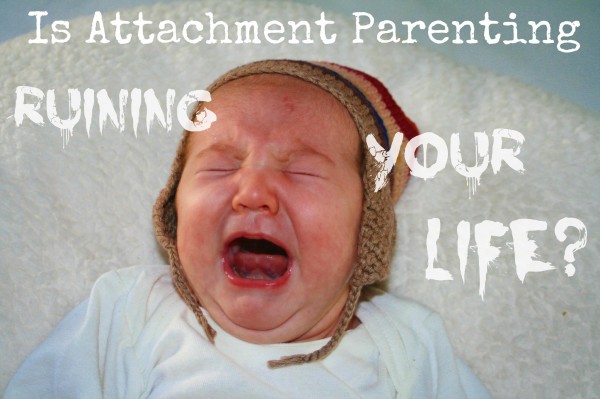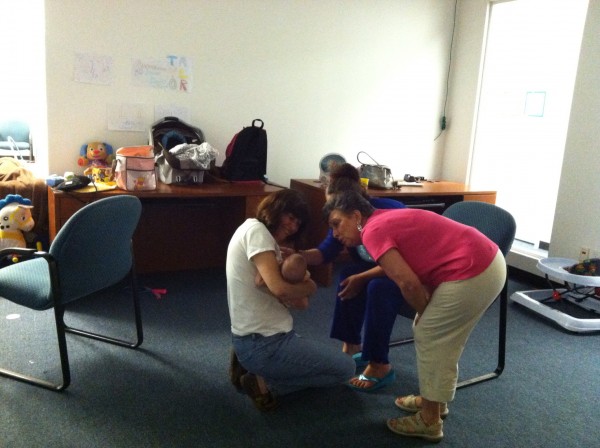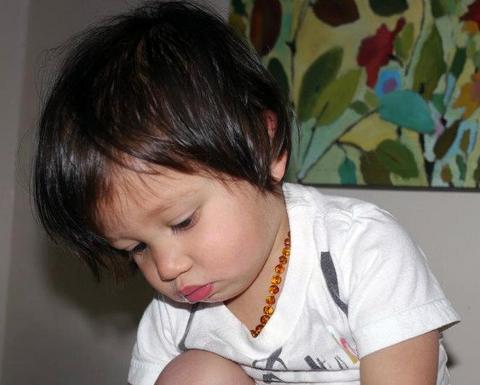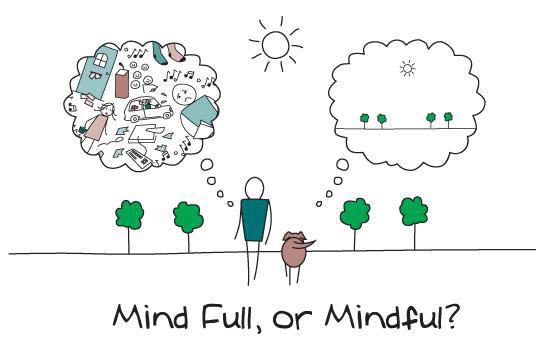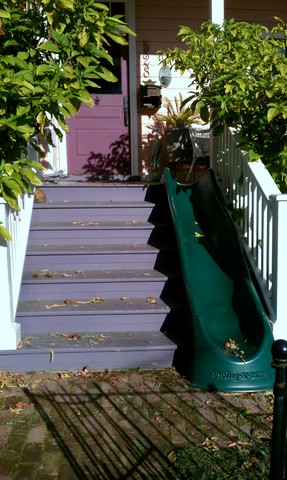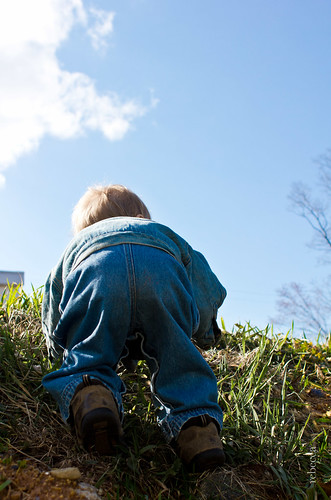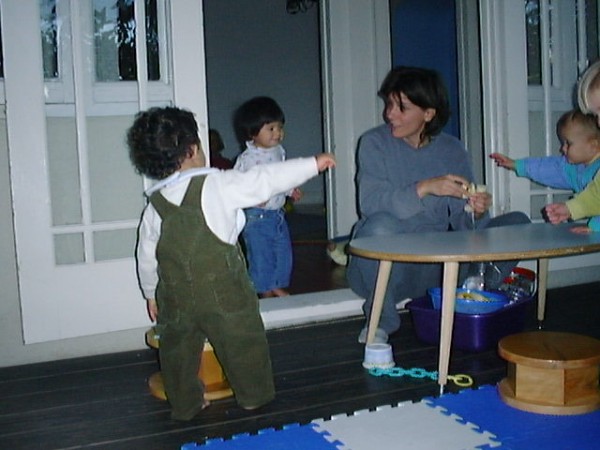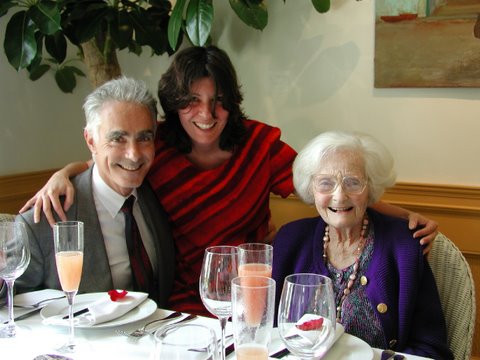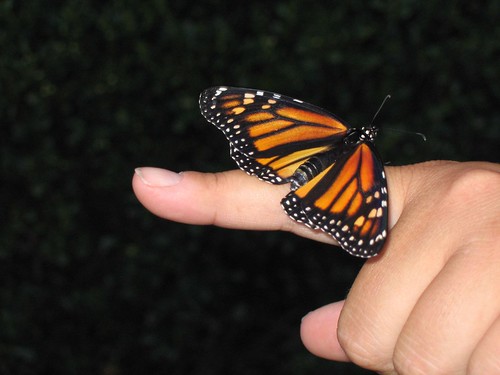Infants are individuals unto themselves. Artists and creative people, whether they are painters, musicians, writers, architects, designers, or philosophers, have by definition embraced and honed their individuality and express a unique vision to the world. If an infant can begin to spend time gazing at, listening to, and later touching and examining what interests him in his surroundings, rather than being forced to see and hear a mobile above his face every time he wakes up, or a rattle being shaken in front of him, then he has a better chance of staying in touch with his own unique essence. Janet Lansbury, Blue Sky Thinking
This short two minute video clip was recorded today during a play session that lasted for over an hour. R., who is five months old, peacefully and contentedly chose to explore and manipulate a piece of wax paper, forever challenging the notion that babies get bored easily, have short attention spans, need to be entertained, or need expensive and fancy toys to stimulate them. Enjoy!
